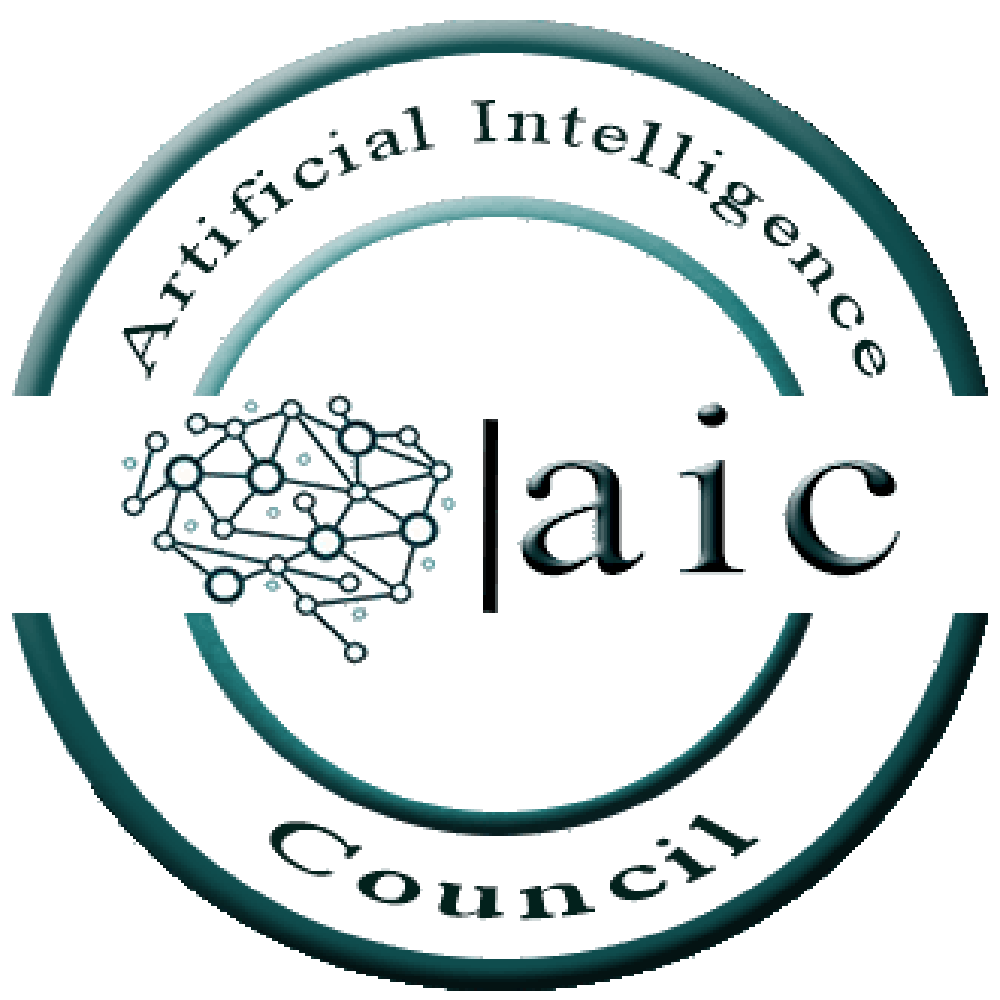Comparison Python v/s PySpark
Python and PySpark are two popular programming languages used in the field of data science and analytics. While Python is a general-purpose programming language, PySpark is a distributed computing framework based on Apache Spark. Both Python and PySpark have their own advantages and limitations. In this article, we will compare Python and PySpark based on several factors to help you decide which one to use for your specific needs.
- Performance Python is an interpreted language, which means it can be slower compared to compiled languages like Java. However, Python’s performance can be optimized using various techniques like JIT (Just-In-Time) compilation, Cython, and Numba. On the other hand, PySpark is designed for distributed computing and can handle large datasets efficiently. It uses a distributed computing model that allows it to perform operations on multiple nodes simultaneously, making it faster than Python for big data processing.
- Ease of Use Python is a beginner-friendly language and has a simple and easy-to-learn syntax. It also has a large and active community, which makes it easy to find answers to problems and get help. PySpark, on the other hand, has a steeper learning curve as it requires knowledge of distributed systems and data processing. However, once you get the hang of it, PySpark can be a powerful tool for big data analytics.
- Libraries and Ecosystem Python has a vast ecosystem of libraries and frameworks for data science, machine learning, and analytics. Some of the popular libraries include NumPy, Pandas, Matplotlib, and Scikit-learn. PySpark, being a framework, has its own set of libraries and APIs, including Spark SQL, Spark Streaming, and MLlib. It also has integrations with Python libraries like PyTorch and TensorFlow.
- Scalability Python is a single-threaded language and can handle limited amounts of data. PySpark, on the other hand, is designed for distributed computing and can scale horizontally to handle large datasets. It can also integrate with Hadoop and other big data platforms to provide even more scalability.
- Use Cases Python is a general-purpose language and can be used for a variety of applications, including web development, scientific computing, and automation. PySpark, on the other hand, is mainly used for big data processing and analytics. It is used by companies like Netflix, Uber, and Airbnb to analyze large amounts of data and make data-driven decisions.
| Factor | Python | PySpark |
|---|---|---|
| Performance | Slower due to being an interpreted language, but can be optimized | Designed for distributed computing and can handle large datasets efficiently |
| Ease of Use | Simple and easy-to-learn syntax with a large and active community | Steeper learning curve and requires knowledge of distributed systems and data processing |
| Libraries and Ecosystem | Vast ecosystem of libraries and frameworks for data science, machine learning, and analytics | Has its own set of libraries and APIs, including Spark SQL, Spark Streaming, and MLlib. Integrations with Python libraries like PyTorch and TensorFlow |
| Scalability | Single-threaded and can handle limited amounts of data | Designed for distributed computing and can scale horizontally to handle large datasets. Integrates with Hadoop and other big data platforms to provide even more scalability |
| Use Cases | General-purpose language for web development, scientific computing, and automation | Mainly used for big data processing and analytics by companies like Netflix, Uber, and Airbnb to analyze large amounts of data and make data-driven decisions |
In conclusion, both Python and PySpark have their own strengths and weaknesses. Python is an easy-to-learn language with a vast ecosystem of libraries and frameworks, while PySpark is a powerful distributed computing framework designed for big data processing. If you are working with small to medium-sized datasets, Python may be the better choice. However, if you are dealing with large datasets and need to process them quickly, PySpark is the way to go.
